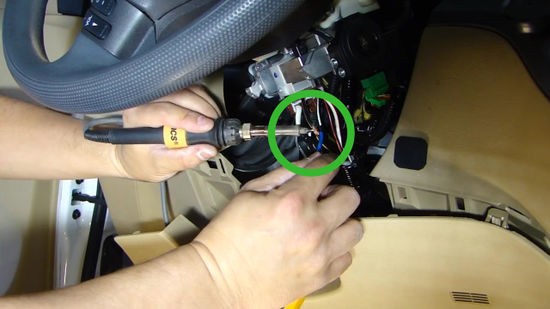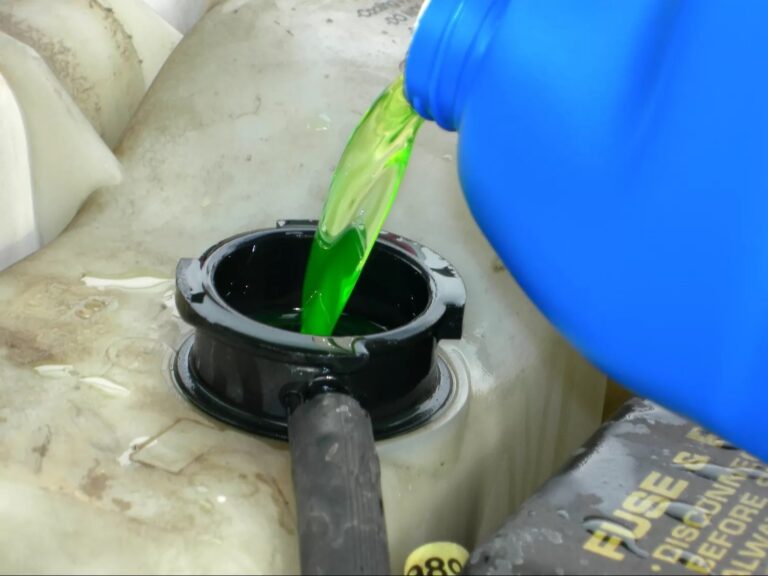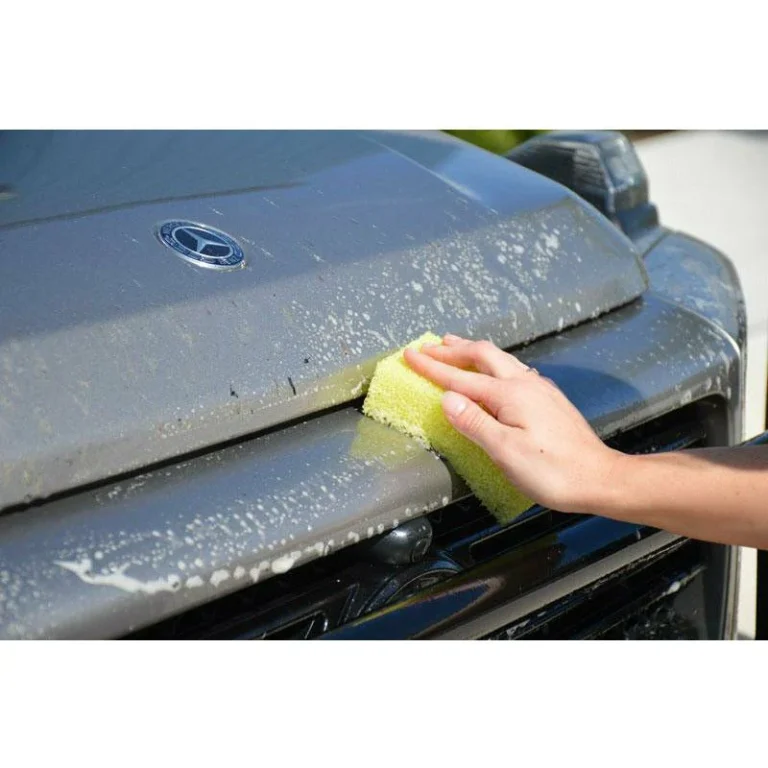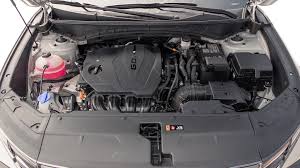Can You Add Remote Start To Any Car?

Remote start systems are a popular convenience feature in modern vehicles, allowing you to start your car from a distance. This feature is especially useful on cold mornings to warm up your car or on hot days to cool it down before you even step inside. However, you might be wondering, “Can you add remote start to any car?” The answer is yes, in many cases, you can add a remote start system to almost any car, but there are a few factors to consider before installing one. Let’s explore how remote start works and what you need to know if you’re thinking about adding this feature to your vehicle.
What Is a Remote Start System?
A remote start system allows you to start your vehicle from a distance, typically via a key fob, smartphone app, or a combination of both. The system works by sending a signal to the car’s ignition, which then starts the engine remotely. Remote start systems are available in both factory-installed options (if your car comes with it) and aftermarket kits (if you want to add the feature to a vehicle that doesn’t have it).
Benefits of Adding Remote Start to Your Car
- Comfort: Preheat or cool your vehicle before you get inside, making your ride more comfortable.
- Convenience: Start your car from the comfort of your home or office, so it’s ready when you are.
- Safety: In some cases, remote start can improve security by allowing you to start the car and get in quickly in unsafe situations.
- Defrosting: On cold days, remote start helps defrost windows before you get in, improving visibility and driving safety.
Can You Add Remote Start to Any Car?
While most modern vehicles are compatible with remote start systems, there are some important factors that determine whether you can add this feature to your car.
1. Car’s Age and Electrical System
Older cars may not be as compatible with aftermarket remote start systems as newer vehicles. Remote start systems require a modern electrical system to work properly, especially since they need to integrate with the ignition and security systems. For example, if your car has an outdated or non-standard ignition system, adding remote start might be more difficult.
- Modern Cars (2010 and newer): Most cars built in the last decade have electronic control units that are compatible with remote start kits. These systems can usually be integrated without major issues.
- Older Cars (pre-2010): For cars built before 2010, you may face compatibility issues, especially if the vehicle has older key ignition systems or lacks integrated security features. In these cases, remote start may still be possible but could require additional components or more complex installation.
2. Keyless Ignition vs. Traditional Key
Cars with keyless ignition (push-to-start) can be more challenging to install remote start systems in because the key fob and electronic components play a more complex role in starting the vehicle. However, many newer push-to-start systems have remote start options available through aftermarket kits.
For vehicles with traditional keys, installing a remote start is generally easier and more straightforward because the ignition and start process are simpler. You’ll need to find a compatible remote start kit that works with the specific make and model of your vehicle.
3. Alarm and Security Systems
Many vehicles come equipped with built-in alarm and anti-theft systems. When installing a remote start system, it’s essential to ensure the aftermarket system is compatible with your vehicle’s security system. Some remote start systems have an anti-theft feature that disables the car if the remote start system isn’t properly engaged. In such cases, it’s crucial to select a remote start system that works in tandem with your vehicle’s existing security measures.
4. Warranty and Insurance Considerations
Before adding a remote start system, it’s important to check your vehicle’s warranty and insurance policy. Some automakers void warranties if aftermarket parts are installed, especially if the installation is done improperly. Be sure to verify whether adding a remote start system will affect your warranty or insurance coverage.
Types of Remote Start Systems
There are two main types of remote start systems you can choose from:
1. Aftermarket Remote Start Systems
Aftermarket remote start systems are available for virtually any vehicle, as long as your car’s electrical system is compatible. These kits come in various price ranges, depending on the brand and features. Some advanced systems even allow you to start your car using a smartphone app.
- Basic Systems: These provide a basic remote start function, usually through a key fob.
- Advanced Systems: Some advanced systems offer features like keyless entry, security alerts, smartphone connectivity, or two-way communication, allowing you to track the status of your car.
2. Factory-Installed Remote Start Systems
If you’re looking for a hassle-free option, some vehicles come with remote start systems pre-installed by the manufacturer. These systems are often more expensive than aftermarket options but are guaranteed to work seamlessly with your car’s other features.
3. Smartphone-Controlled Remote Start
Some modern aftermarket systems allow you to control your car remotely through a smartphone app. This allows you to start, stop, or even track your vehicle from virtually anywhere with an internet connection.
Installation: DIY or Professional Help?
While it is technically possible to install a remote start system yourself, the installation process can be complex and requires knowledge of your vehicle’s electrical and ignition systems. Improper installation can lead to malfunctions or even damage to your car. Therefore, it’s highly recommended to have a professional install the remote start system to ensure everything is connected correctly and safely.
If you’re determined to go the DIY route, be sure to follow the instructions carefully and use a system that’s specifically designed for your vehicle make and model.
Cost of Adding Remote Start to Your Car
The cost of adding a remote start system depends on the type of system, your car’s make and model, and the installation fees. Here’s a breakdown of typical costs:
- Basic Aftermarket Systems: $100 to $300 (DIY kits)
- Advanced Aftermarket Systems: $300 to $500 (with features like smartphone control or keyless entry)
- Professional Installation: $100 to $150 (installation cost may vary based on the complexity)
- Factory-Installed Remote Start: $400 to $700 (if available from the dealership)
Is It Worth It to Add Remote Start?
Adding a remote start system to your vehicle can enhance your convenience and comfort, especially during extreme weather conditions. If you frequently find yourself dealing with hot summers or cold winters, remote start can save you time and make your driving experience more pleasant. However, it’s important to weigh the costs and ensure that the system is compatible with your vehicle’s electrical system.
Conclusion
In most cases, yes, you can add remote start to almost any car, but the complexity and cost of installation will depend on your vehicle’s age, ignition type, and other factors. While it’s possible to install an aftermarket remote start system, having a professional do the installation ensures that everything is done correctly and safely. If you’re looking for added comfort and convenience, a remote start system can be a worthwhile investment, just make sure to choose a system that is compatible with your vehicle.
Also Check:
• Does My Car Have a Remote Starter?
• Can You Install a Heated Steering Wheel?
• Will My Car Pass Inspection with the Check Engine Light On?





